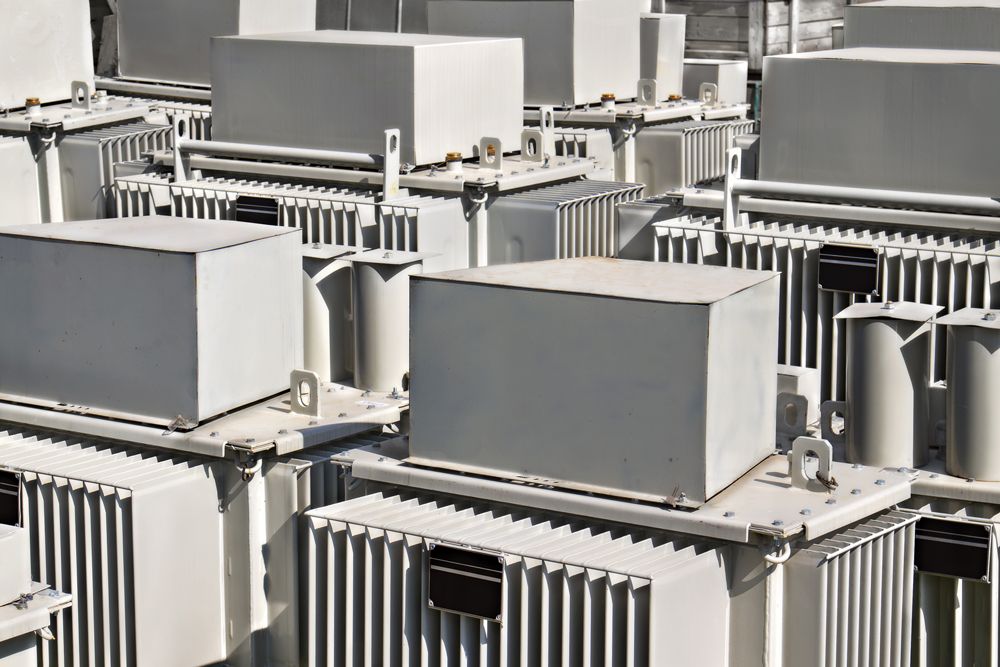What is a Critical Lift?
Once deemed critical, a lift becomes subject to additional precautions and protocols.
What criteria must a load or lift operation meet in order to be considered critical? A load that would create any of the following conditions upon its upset or collision qualifies as critical:
- Damage that would cause a significant delay in operations
- Damage that would compromise the safety and operations of a facility now or in the future
- Significant levels of hazardous substances, such as radioactive materials, potentially being released
- Serious injury or illness
Other scenarios that can cause a lift to be deemed critical include:
- If a load needs to be maneuvered outside of the crane operators view
- The work requires multiple cranes operating at once
- It exceeds 75-80 percent of the crane’s rated capacity within the lift configuration being used
A lift can also be critical if a noncritical load is being lifted above an item that would meet any of the above criteria if the load were dropped on it.
Who Decides if it’s a critical lift?
The person in charge of the lift is the one responsible for deciding whether the lift will be deemed as critical and whether it will be handled accordingly. A manager at a facility where the lift is being performed also has the right and authority to declare the lift critical. On any critical lift, it is imperative to develop and carefully follow a plan of action. It’s a good idea to create a checklist to outline all the necessary personnel and equipment to complete the lift safely and efficiently. Also, preparation is especially important when dealing with critical items and operations.
Safety of a critical lift
Obviously, safety is of utmost importance during any lift. Because of the nature of many critical lifts, there are increased safety hazards involved. These must be mitigated as much as possible by following all safety regulations and guidelines. Never skip routine inspections. Nobody can afford to have a piece of equipment fail during a critical lift. If something doesn’t pass inspection, immediately remove it from service until it can be repaired or replaced. Provide adequate training to all staff members to ensure that they understand the how’s and why’s of critical lift protocols.
Critical lifts require precise planning, expertise, and the right equipment. When there is no margin for error, you can’t afford to overlook even one detail. Don’t leave anything to chance. Only deal with experienced lifting service providers when it comes to critical lifting projects.
The post What is a Critical Lift? appeared first on H. Brown, Inc..

